Technically, there’s no such thing as a seagull, but there are many different types of gulls that look similar.
The name “seagull” has become synonymous with large aggressive birds who will happily steal your lunch given the opportunity.
These specific birds are almost always herring gulls, but they aren’t the only grey and white seabirds around the north and north-east of Scotland.
Here is an identification guide to other types of gulls you might get confused with, starting with a local favourite…
Herring gull
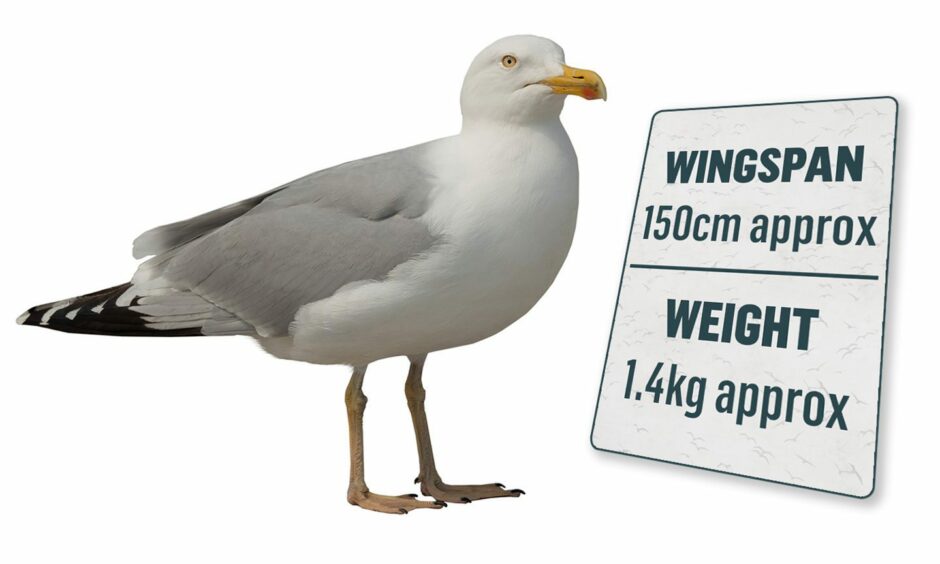 Key information: Large, noisy birds which are a particularly familiar site to coastal towns and cities. This is what most people picture when thinking about seagulls.
Key information: Large, noisy birds which are a particularly familiar site to coastal towns and cities. This is what most people picture when thinking about seagulls.
They are most easily recognised by their grey back, white underbelly and distinctive red spot on the bill. Interestingly, these gulls can supposedly recognise humans by their faces.
Researchers found that herring gulls are able to identify and remember individual people, especially those who feed them or otherwise interact with them.
Scientists also discovered that herring gulls know when you’re looking at them and that staring at them can actually help stop them trying to steal your lunch.
What they eat: Omnivorous and will eat anything available, including dead animals, small mammals, fish, insects and plates of chips left unattended.
Conservation status: Red. The Red List is a list of birds in the UK which need the most protection. It includes some of the rarest birds such as hen harriers and capercaillie, but also familiar birds like these gulls which have suffered population declines.
Common gull
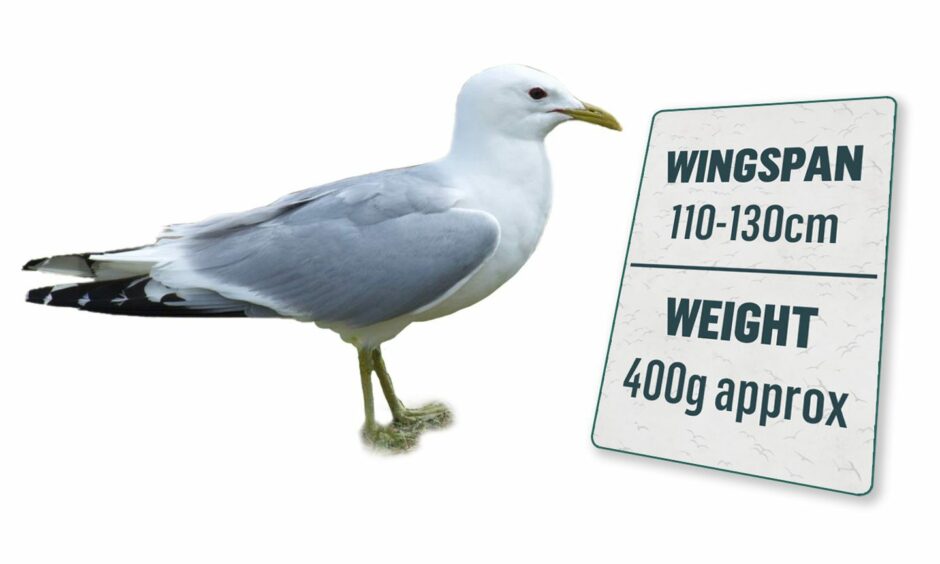 Key information: The common gull looks like a small, gentler version of the herring gull, with slightly green-toned legs and a yellow bill. Despite its name, it is not nearly as commonly seen as herring gulls.
Key information: The common gull looks like a small, gentler version of the herring gull, with slightly green-toned legs and a yellow bill. Despite its name, it is not nearly as commonly seen as herring gulls.
Usually, these are on the coast but they are also partial to sports fields, landfill sites and housing estates, particularly in winter.
What they eat: Mostly worms, insects, fish and rubbish.
Conservation status: Amber. The Amber list is used to highlight birds whose conservation status is of moderate concern, such as a decline in breeding pairs.
Great black-backed gull
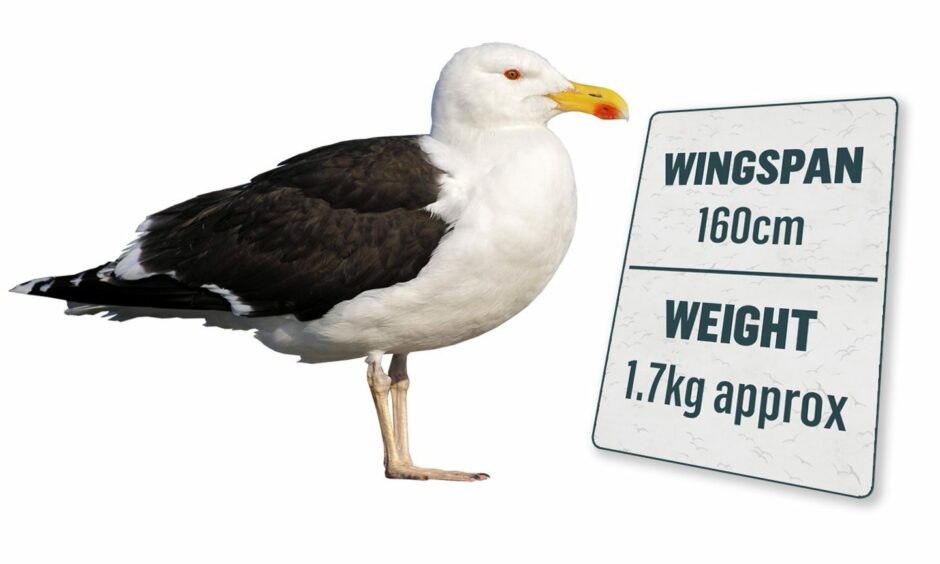 Key information: A very large, thick-set gull with a powerful beak (and a big attitude to match). These birds are known for fighting other gulls and chasing them to snatch food. Adults have dark feathers and the classic pink legs and yellow beaks of the gull species.
Key information: A very large, thick-set gull with a powerful beak (and a big attitude to match). These birds are known for fighting other gulls and chasing them to snatch food. Adults have dark feathers and the classic pink legs and yellow beaks of the gull species.
The great black-backed gull is also the largest gull in the world – which may explain their dominating attitude. Due to their size, they have few predators, but may occasionally make a tasty snack for white-tailed eagles, sharks and killer whales at sea.
What they eat: Omnivorous but mostly shellfish and small seabirds. They have been known to swallow rabbits whole.
Conservation status: Amber
If you ever wondered what Great Black-backed Gulls swallowing Rabbits look like.
Rabbits are an important part of their diet when none or very few small seabirds or seabird chicks are available.@WTSWW #VirtualSkomer pic.twitter.com/3kU23Q8fTD
— Skomer Island (@skomer_island) April 9, 2020
Kittiwake
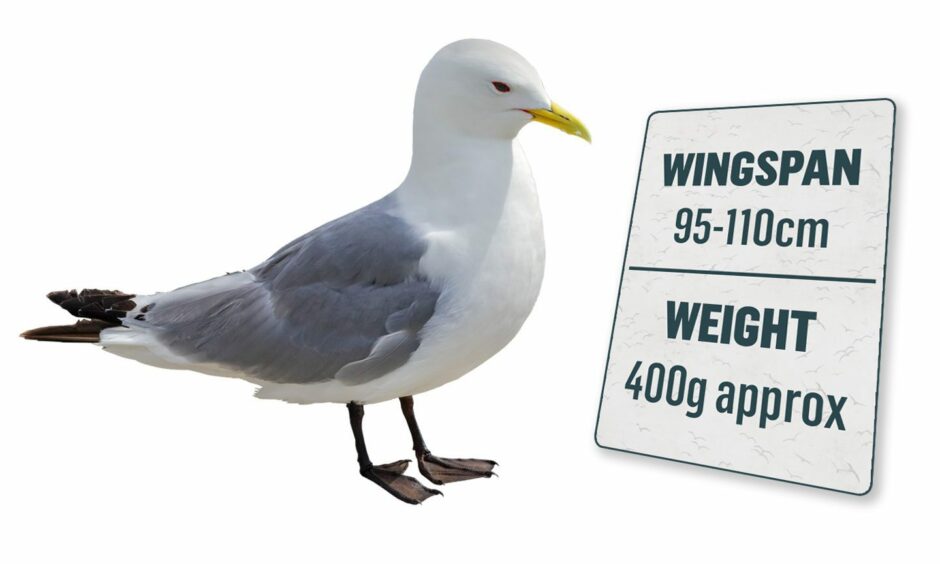 Key information: A small, gentle-looking gull with a yellow bill and dark eyes. Kittiwake are true sea-loving birds, nesting on clifftops and spending winter out at sea. This type of gull will only turn up inland on odd occasions.
Key information: A small, gentle-looking gull with a yellow bill and dark eyes. Kittiwake are true sea-loving birds, nesting on clifftops and spending winter out at sea. This type of gull will only turn up inland on odd occasions.
Studies of kittiwake colonies show that bird pairs stay together for several years and share the duty of raising chicks.
What they eat: Fish and worms. Kittiewake do not scavenge at landfill sites like most other “seagull” species.
Conservation status: Red
Black-headed gull
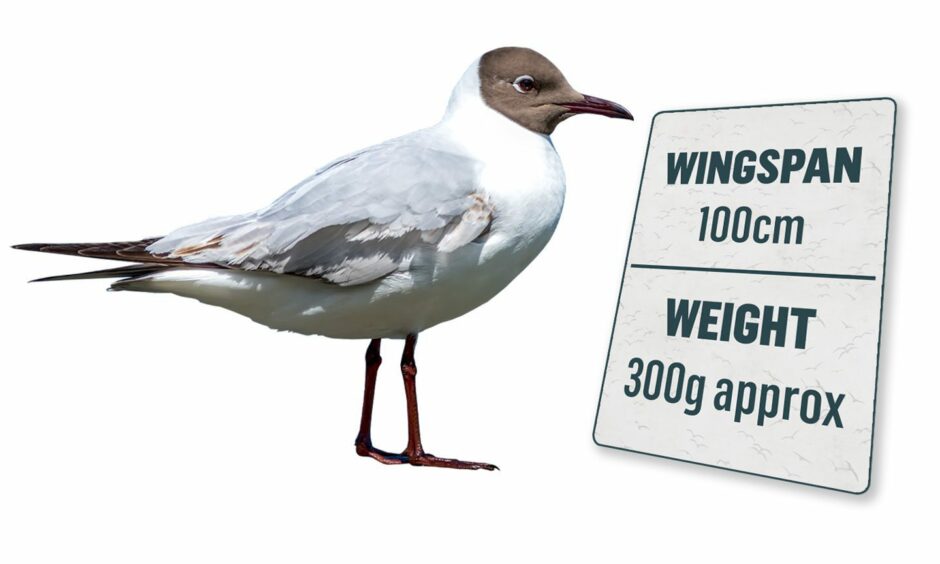 Key information: Though it’s considered a gull, black-headed gulls are most definitely not “seagulls” in the traditional sense and are most commonly found inland.
Key information: Though it’s considered a gull, black-headed gulls are most definitely not “seagulls” in the traditional sense and are most commonly found inland.
They are easily recognised in summer by their dark head, though these feathers will turn white for the rest of the year. And speaking of this gulls colouring, the black-headed gull is actually a chocolate-brown headed gull if we’re being picky.
Look out for it in large, noisy flocks – you’ll know when you hear them. The Latin name, Chroicocephalus ridibundus, means ‘laughing’ and comes from its ‘ke-ke-ke’ bird call.
What they eat: Worms, insects and fish.
Conservation status: Red
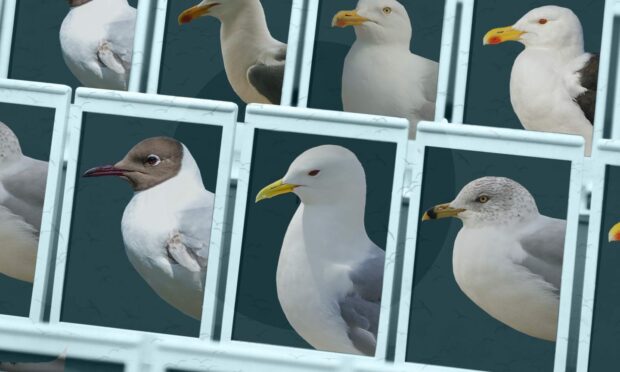


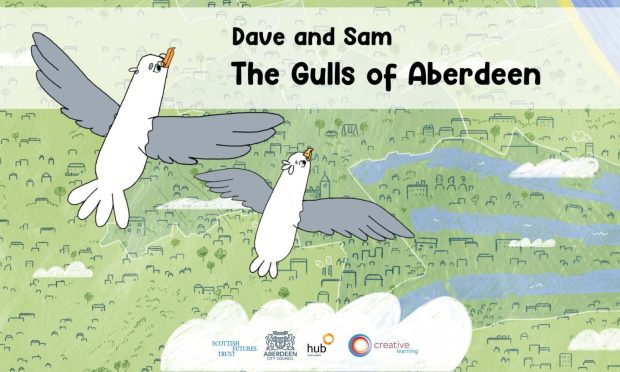
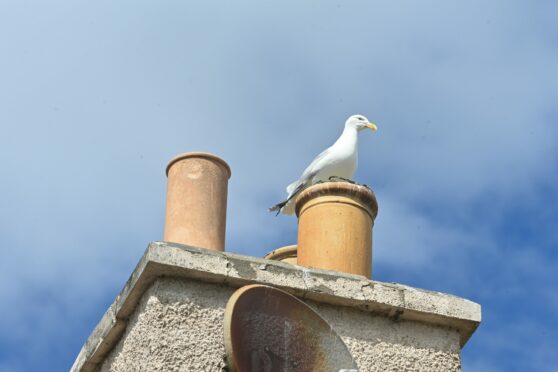
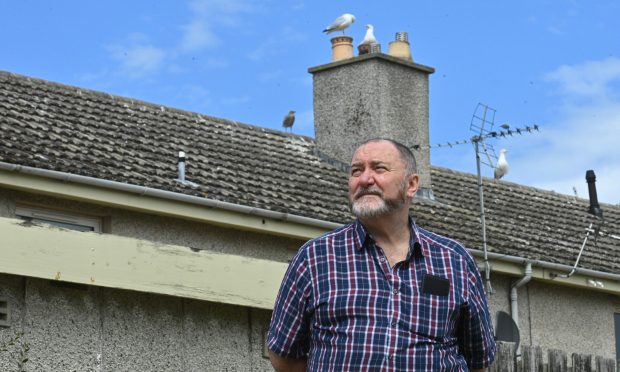
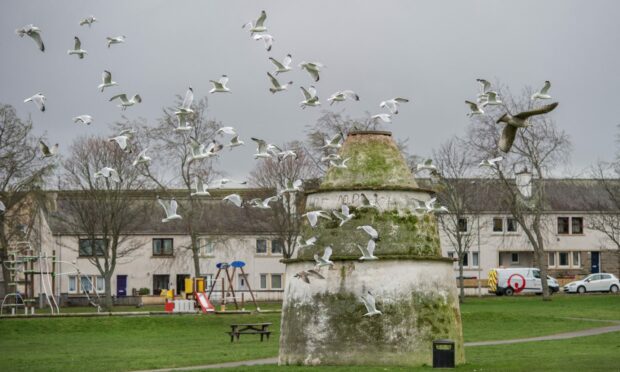

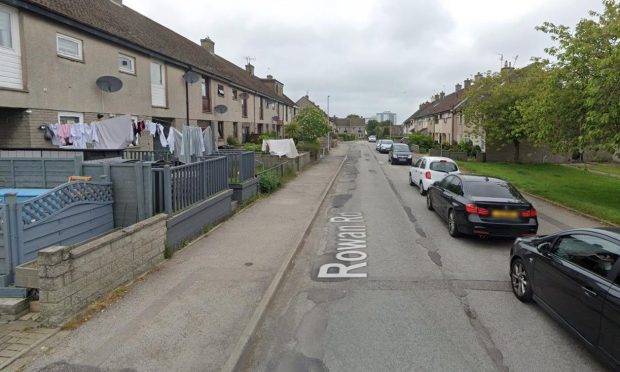



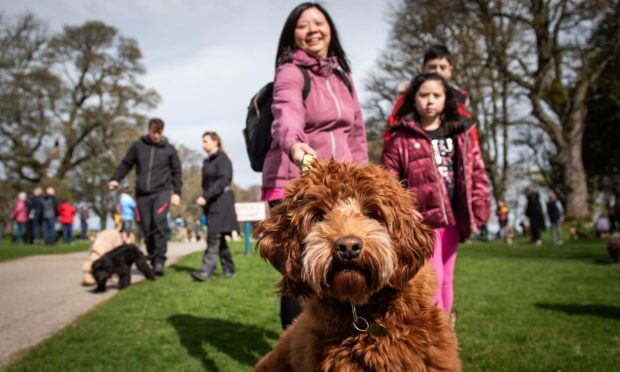
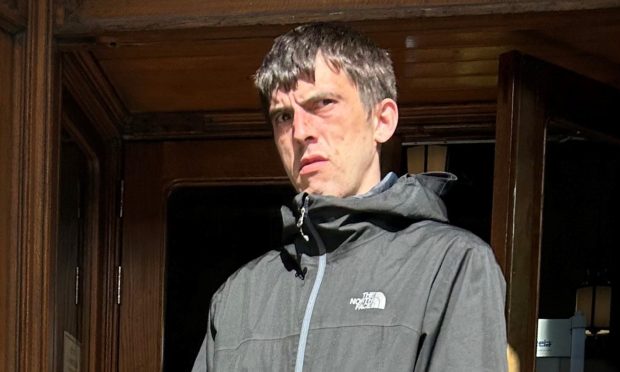

Conversation